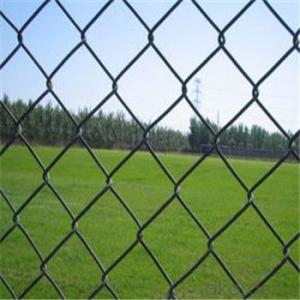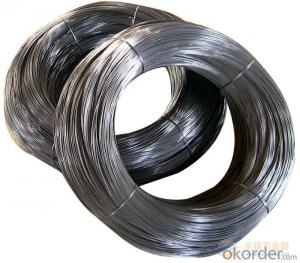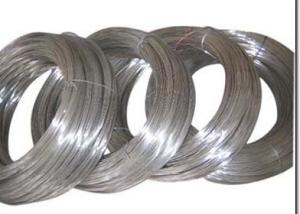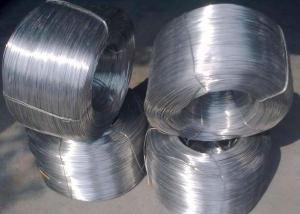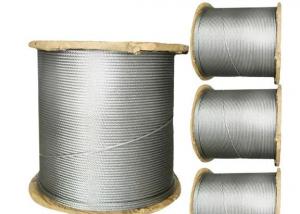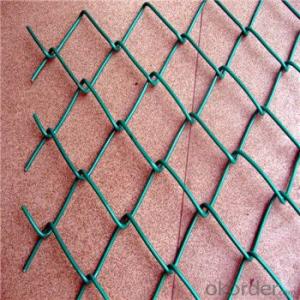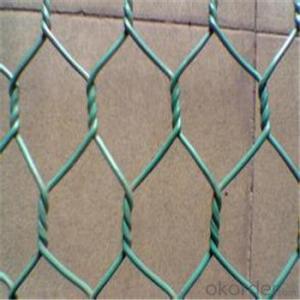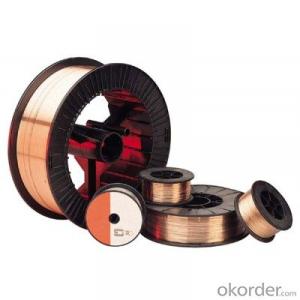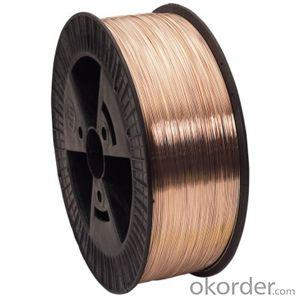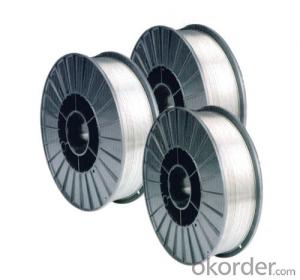Stainless Steel Wire Shelves
Stainless Steel Wire Shelves Related Searches
Best Paint For Stainless Steel Blanket Insulation For Steel Buildings Primer For Galvanized Steel Foam Filter For Stainless Steel H S Code For Stainless Steel Surface Grinding Wheels For Stainless Steel Surface Grinding Wheels For Hardened Steel Hole Saw For Stainless Steel Paint For Stainless Steel Stainless Steel For BbqHot Searches
Steel Mesh Panels For Sale Price For Stainless Steel Scrap Scrap Price For Stainless Steel Price For Stainless Steel Stainless Steel Tank For Sale Stainless Steel Sheets For Sale Cheap High Tea Sets For Sale Stainless Steel Tanks For Sale Stainless Steel For Sale High Density Fiberboard For Sale Solar Hot Water Collectors For Sale Scaffolding For Sale In Uae Scaffolding For Sale In Ireland Scaffolding For Sale In Houston Type Of Inverter For Solar Price Of Shipping Containers For Sale Types Of Inverter For Solar Stock Price For Aluminum Used Solar Inverter For Sale Steel Mesh Panels For SaleStainless Steel Wire Shelves Supplier & Manufacturer from China
Okorder.com is a professional Stainless Steel Wire Shelves supplier & manufacturer, offers integrated one-stop services including real-time quoting and online cargo tracking. We are funded by CNBM Group, a Fortune 500 enterprise and the largest Stainless Steel Wire Shelves firm in China.Hot Products
FAQ
- What kind of material does stainless steel screw thread and stainless steel cold heading wire generally use?
- Each material obviously difference is: after cold processing, the material magnetism is 316<304HC<304M. 316, the material is resistant to chemical corrosion, corrosion resistance and sea water corrosion resistance, relative to 304M and 304HC to fine. At present, the market is mainly imported Japanese products. According to the level of the main sub SUS302, SUS304, SUS316.
- Yes, stainless steel wire can be used for making musical instruments. Stainless steel is a popular choice for instrument makers due to its durability, strength, and resistance to corrosion. It is commonly used for making strings for various instruments such as guitars, pianos, and harps. Stainless steel strings produce a bright and clear tone, making them suitable for a wide range of musical styles and genres. Additionally, stainless steel wire can also be used for other components of musical instruments, such as frets, tuning pegs, and springs, due to its excellent tensile strength and resistance to wear and tear. Overall, stainless steel wire is a versatile material that can enhance the performance and longevity of musical instruments.
- There are several different weaving patterns used for stainless steel wire mesh, each with its own unique characteristics and applications. Some of the most common weaving patterns include: 1. Plain Weave: This is the simplest and most common weaving pattern, where each wire passes alternately over and under the adjacent wires, creating a crisscross pattern. It provides a strong and durable mesh with good filtration capabilities. 2. Twilled Weave: In this pattern, each wire passes over two and under two adjacent wires, creating a diagonal pattern. Twilled weave meshes have increased stability and strength, making them suitable for heavy-duty applications. 3. Dutch Weave: This pattern utilizes two different wire diameters, with the thicker wires running in the warp direction and the thinner wires in the weft direction. This creates a tight mesh with smaller openings, which is ideal for precise filtration and separation applications. 4. Twilled Dutch Weave: This pattern combines the characteristics of twilled weave and Dutch weave. The wires are woven in a twilled pattern, while the thinner wires are used to create smaller openings. This results in a strong and fine mesh suitable for high-pressure filtration and separation processes. 5. Reverse Weave: Also known as reverse plain weave, this pattern is similar to the plain weave but with the warp and weft wires reversed. It creates a smooth and flat surface, making it ideal for architectural and decorative applications. 6. Satin Weave: This pattern is characterized by multiple warp wires passing over one weft wire, followed by multiple weft wires passing over one warp wire. It produces a tight and smooth mesh with a lustrous appearance, often used for decorative purposes. These different weaving patterns offer a range of mesh characteristics such as strength, stability, filtration capabilities, and appearance. The choice of weaving pattern depends on the specific application requirements, such as particle size to be filtered, pressure resistance, or desired aesthetic appeal.
- Indeed, stainless steel wire proves to be fitting for wire rope fittings. Renowned for its robustness, endurance, and resistance to corrosion, stainless steel wire stands as an exceptional option for withstanding hefty burdens and adverse environmental circumstances that wire rope fittings encounter. Moreover, stainless steel wire rope fittings present exceptional flexibility, facilitating effortless installation and adjustment. Furthermore, stainless steel wire finds frequent usage in domains where sanitation and cleanliness hold significance, such as the food and medical industries. In conclusion, stainless steel wire emerges as a dependable and appropriate material for wire rope fittings.
- About the common screw and the stainless steel screw ingredient question, has the specialized knowledge to come in please
- The solution is to use stainless steel screws to avoid galvanic corrosion.Boiling water contains very little iron, which has little effect on health.
- Stainless steel drawing plate, polishing plate, mirror panels of the three differences
- Drawing process will to some extent lose the thickness of stainless steel plate, usually at 0.1~0.2mm. In addition, because the human body, especially the palm has a relatively strong oil and sweat secretion, stainless steel wire drawing board often hand touch will leave a more obvious fingerprints, regular scrub.
- Stainless steel wire has gained a reputation for its capacity to endure elevated temperatures. Its exceptional heat resistance qualifies stainless steel wire for deployment in high-temperature settings. With a high melting point and impressive resistance to oxidation and corrosion, this wire retains its robustness and integrity even in the face of extreme heat. Consequently, stainless steel wire remains highly sought after across diverse industries like aerospace, automotive, and industrial sectors that frequently encounter high temperatures.

















